iPhone 15 Review: big camera upgrade, but still no ProMotion
We may earn a commission if you make a purchase from the links on this page.

iPhone 15 Intro
The iPhone 15, released in September 2023, may not have garnered the same level of excitement as its Pro counterparts, but it still offered a solid upgrade for those seeking a more budget-friendly Apple device.
While the Pro models stole the show with their titanium frames and advanced zoom capabilities, the base model boasts its own set of enhancements. A new 48-megapixel main camera, though not identical to the sensor found in the iPhone 14 Pro, delivers impressive image quality.
Additionally, the Dynamic Island, previously exclusive to the Pro models, is now available on all iPhone 15 series devices. The slightly beveled metal frames provide a more comfortable grip, and the long-awaited USB-C port enables faster charging and data transfer, albeit with a limitation to USB 2 speeds.
Also read:
- 48MP main camera
- 2x sensor crop
- Improved camera features
- A16 Bionic chipset
- Dynamic Island
- USB-C
- Higher peak brightness
- A textured matte back panel
Table of contents:
iPhone 15 Unboxing

(Image Credit - PhoneArena) iPhone 15 comes with a USB-C cable, but no charger in the box
The unboxing experience with the iPhone 15 is the same as it was with other iPhone models during the past few years, with the one exception being the new USB-C to USB-C braided cable inside. The braid provides reassurance, as this type of sleeving is typically more durable than plain old rubber.
Other than that, not much else has changed — no charger, no adapters, no earphones in the box.
iPhone 15 Specs
Check out the iPhone 15 specs in the table below.
| iPhone 15 | |
|---|---|
| Size, weight | 5.81 x 2.81 x 0.30 in, 6.0 oz (147.6 x 71.6 x 7.8 mm, 171 grams) |
| Screen | 6.1" OLED 60Hz |
| Processor | A16 Bionic 4nm |
| RAM, Storage | 6/128GB 6/256GB 6/512GB - |
| Cameras | 48MP main 12MP ultra - 12MP front |
| Charging | USB-C 20W wired MagSafe |
iPhone 15 Design and Colors
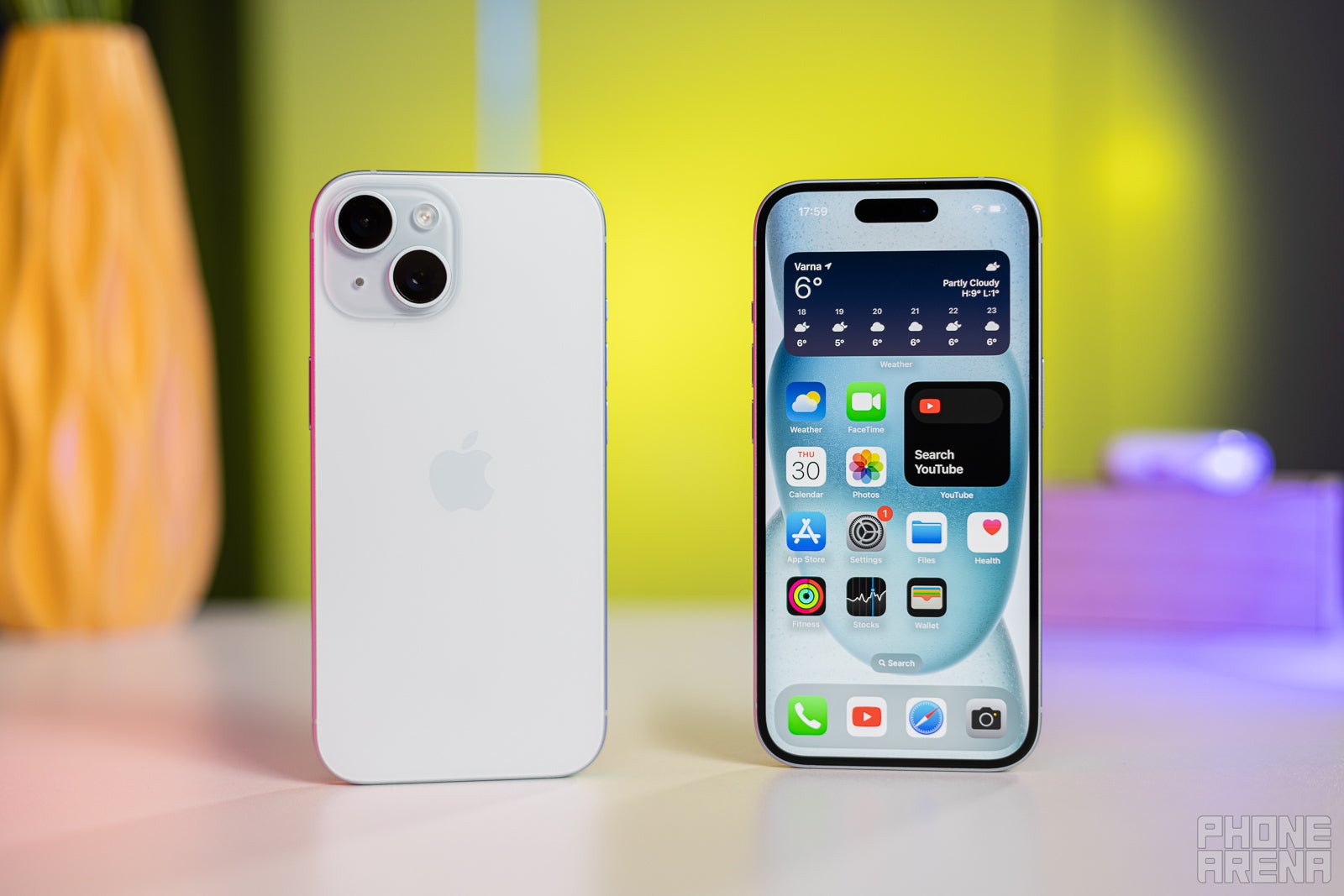
(Image Credit - PhoneArena)
Apple doesn't really change designs from one year to the next — it only applies slight facelifts here and there. In the case of the iPhone 15, it's the new Dynamic Island — the "Notch" on top of the display has transformed into a pill-shaped cutout, a design feature that debuted with the iPhone 14 Pro.
It also has a new contour around the edges of the frame — the iPhone 15 now feels softer to hold, as it doesn't jab into your palm. The physical difference is small, but for me it felt like the handling it was noticeably more comfortable and pleasant, while some colleagues noted that the lack of an edge there makes the phone feel like it's less grippy.
Apple has gone a little fancy with the back panel this year, with a new color-infused back glass panel which comes in a new matte finish. I am happy to say that this new matte texture does reduce greasy fingerprints, keeping the back clean and good-looking!
There's also the new USB-C port at the bottom of the phone, which we will talk more about a bit later when we touch upon the charging speeds. For now, all you need to know is that it does not come with the faster transfer speeds as the Pro models, they remain the same as before (USB 2.0 speeds).
In terms of colors, the iPhone 15 comes in five variants. The one we have here is the black version, and there's something very nice about it. Most of the back panel has a graphite hue to it, while the camera island and Apple logo are in jet-black.
- Black
- Green
- Yellow
- Pink
- Blue
iPhone 15 Display
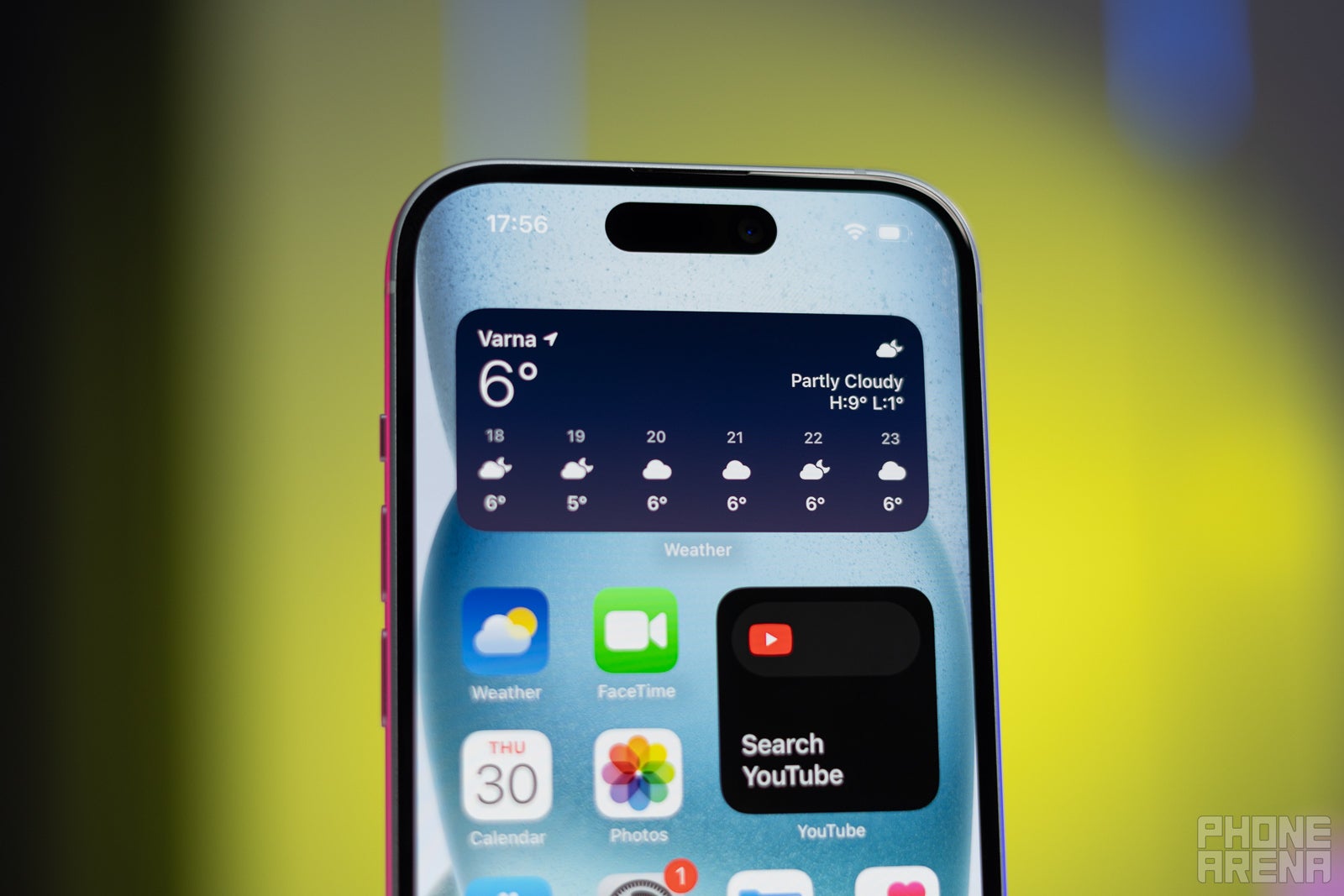
(Image Credit - PhoneArena)
The display of the iPhone 15 is a bit of a mixed bag. The previously Pro-exclusive Dynamic Island has now trickled down to the less expensive models alongside all of its software functionality and features, such as Live Activities which show real-time information from apps. This could be your next direction in Maps, the amount of time you have until your flight starts boarding, your food delivery status, music playback, in-call status, sports scores, and more.
Sadly, Apple has decided to keep the screen refresh rate capped at 60Hz on the iPhone 15 (and 15 Plus), most likely to give the premium models more drawing power. Of course, if you are coming from an older non-Pro iPhone you might not register this as an issue or a deal-breaker, but if your eyes have ever experienced the glory that is a smooth 120Hz or even a 90Hz screen refresh rate, then you would definitely feel its absence here.
Display Benchmarks
Apple has made this year's iPhones capable of reaching a higher 1600 nits peak HDR brightness and 2000 nits peak outdoor brightness (almost 2x more than iPhone 14). Peak brightness specifically pertains to HDR content, as it measures only an area of the screen, for a limited amount of time. Our benchmark above measures full-screen brightness, to give you a better idea of how the iPhone 15 performs for regular use, on a brightly-lit day.
In this case, we have more than 1,000 nits, which is typically perfectly good for outdoor viewing, no matter the conditions. 2 nits minimum brightness is also quite good, though the more sensitive users might still find it "not ideal" for bedside viewing.
The white point does drift towards the teal-ish hues. That's simply a result of how the RGB pixels are positioned on an OLED screen. However, it's not the full story, as Apple's True Tone and Night Shift will take care of automatic color calibration to fit your curent ambient lighting. But, competitors from the Android side — like Samsung's Galaxies — usually allow you at least two different color profiles, so you can make those OLED colors pop and scream.
Everything else about the display remains the same, meaning a 6.1-inch Super Retina XDR OLED panel with a pixel resolution of 2532 x 1170 and a pixel density of 457 PPI (pixels per inch).
It's just a shame that we still have to put up with a 60 Hz refresh rate. Samsung's "base-level flagship", the Galaxy S24, has the same MSRP but comes with a 120Hz display. But it's not just the premium segment — we have midrange phones like the Google Pixel 8a coming in at $499 with 120Hz screens.
iPhone 15 Camera
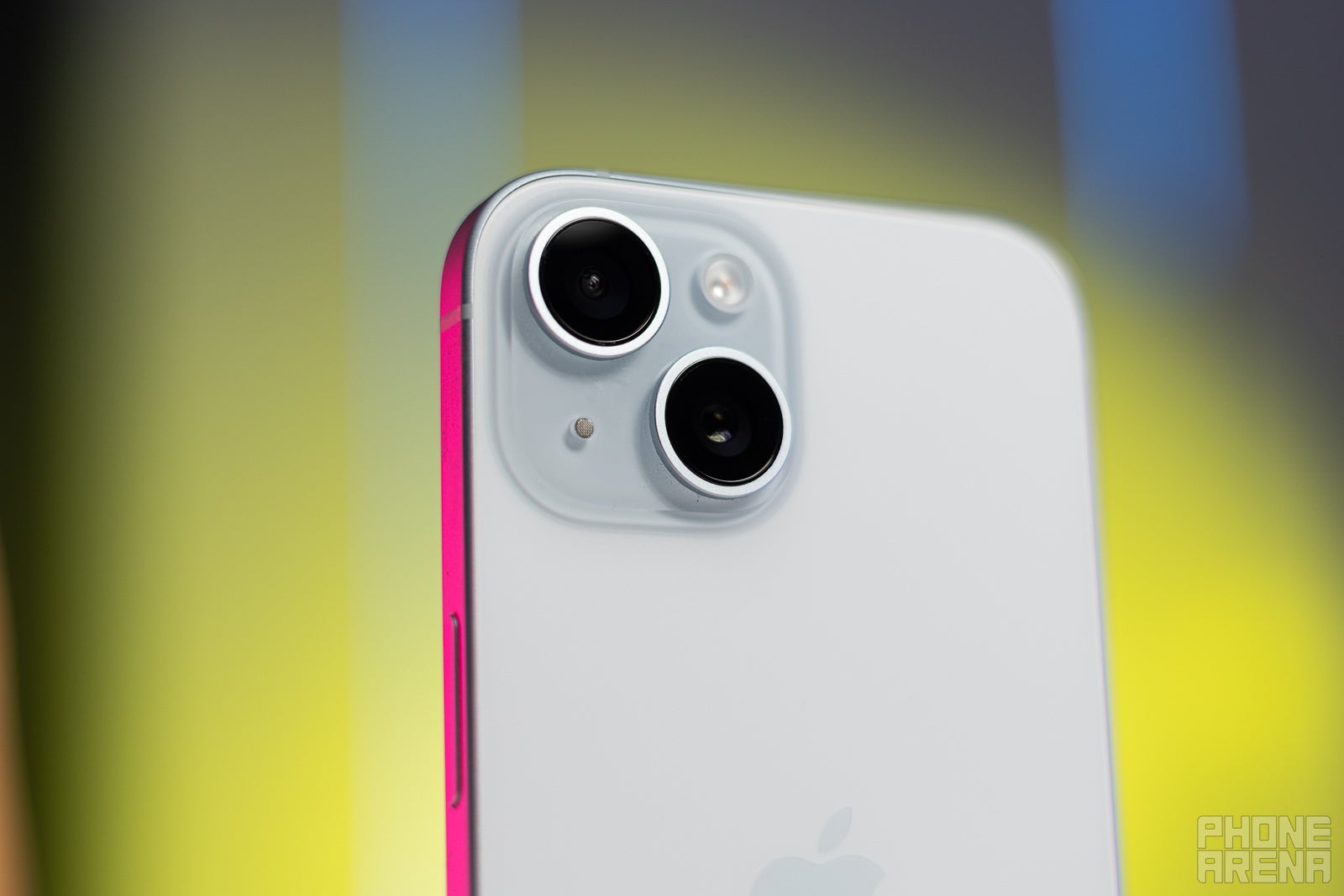
(Image Credit - PhoneArena)
Every phone that comes through our office passes a set of standardized camera tests, which guarantee that we can place an objective score on the camera's features and performance. We carefully measure the quality, the viewfinder, camera app features, and capabilities for both photos and videos, and assign scores based on results in multiple categories.
For a non-Pro device, the iPhone 15 scores quite high on our camera benchmark test. Its score for photos is 154 — close to the current best, which is 160, and higher than on the Pixel 8 (but not the Pixel 8 Pro). In fact, it scores highly in most categories, minus zooming — the lack of a physical zoom lens shows, and the iPhone 15 was only able to acquire 19 points for zoom for photos, 15 for video — well below the top scores.
Probably the most exciting upgrade the iPhone 15 comes with (that is if you like shooting photos and videos with your phone) is its new camera system and the improvements in some of the camera features.
For starters, there is the new 48MP main camera which can shoot full 48MP images resulting in highly-detailed shots. By default, however, the camera uses pixel binning technology (which combines multiple pixels into larger ones to capture more light) to produce more storage-efficient 24MP photos, while still offering higher more detail compared to the last generation.
Compared to the 12MP shots that the iPhone 14 and previous generations were shooting at, the new 24MP default does take up a bit more space, but not too much. Of course, you can still go into the phone's settings and make the camera default to 12MP shots if you want to save more space, and they still look better than before thanks to the larger sensor.
We initially thought that Apple wouldn't let users utilize the full 48MP on the non-Pro models, but to our surprise there is also a toggle in the Settings app that makes that possible. Once turned on from settings, you get an option to switch between the full 48MP and whatever default mode (12/24MP) you have. Just keep in mind that when shooting in 48MP it is advisable to have an abundance of light, as that mode sacrifices some of the low-light capabilities of the camera.
Compared to the 12MP shots that the iPhone 14 and previous generations were shooting at, the new 24MP default does take up a bit more space, but not too much. Of course, you can still go into the phone's settings and make the camera default to 12MP shots if you want to save more space, and they still look better than before thanks to the larger sensor.
The higher megapixel count also allows the iPhone 15 to crop in on the image sensor and achieve a high-quality 2x zoom compared to its predecessor. Keep in mind, however, that this is not the same as a dedicated telephoto camera. That said, there is a neat little feature that comes along with this 2x sensor crop and it is continuous zoom, meaning that while you zoom in and out from 1x to 2x the movement stays smooth and seamless.
Apple has automated, so to speak, the Portrait mode this year. With iPhone 15, even if you don't switch to Portrait mode, the phone will automatically detect if there is a person or pet and capture the required depth information automatically. Users can then go to the Photos app and turn the photo into a portrait after it has already been taken, as well as switch the focus from one subject to another.
Main Camera - Day
The new 48MP camera and the 24MP photos it churns out are simply gorgeous! The higher levels of detail are definitely noticeable and set the new iPhone 15 apart from its predecessor. This is probably the most defining upgrade from all. HDR also seems to be better, meaning that it no longer tries to overcompensate the shadows by brightening them up too much.
Main Camera - Low-light
When the amount of light in the scene is exceptionally low, the iPhone 15 goes down to shooting in 12MP, in an effort to capture more light. This results in a less detailed and sharp image, but one that is well exposed. Again, we are happy to see here that the shadows remain dark and are not overly lifted to make the image appear brighter.
You might notice that the third image is sharper compared to the first two. That's because the phone decided there is enough light to shoot in the new 24MP default setting, so as long as you have enough artificial light you can still make use of the improvements in detail.
Zoom Quality
When it comes to zoom quality, the iPhone 15 can now utilize a 2X sensor crop mode that offers better quality than a simple 2X digital zoom. Despite that, the lack of a dedicated telephoto camera is still sorely missed on the vanilla iPhones. As you can probably tell from the sample images above, a 2X sensor crop simply does not cut it. Zooming in even further makes text appear weird as the phone does its AI "magic" to make the photo look better.
Ultra-wide Camera
Not much has changed with the ultra-wide camera. It still shoots 12-megapixel photos with an extra wide field of view. Apple did mention that HDR and Night Mode shots should be better with all the cameras though, and while it does seem that the HDR performance has improved, it is hard to say the same about the low-light shots.
Selfies
There are slight tweaks to the quality of pictures coming from the front camera, but they mostly look similar to before.
Video Quality

When it comes to video quality, the iPhone 15 remains one of the best devices in the industry beating most of the Android competition with cleaner, crisper video and top-notch video stabilization. And we should add that the video quality between the iPhone 15 and iPhone 15 Pro series is actually not all that big.

There is only one real downside you should consider: it uses digital zoom, so it's not the best for zooming.
Those who really care about super high quality video and editing in post, however, should know that the vanilla iPhone 15 does not support ProRES recording, you only get that feature on the Pro iPhones.
In general, the iPhone 15's camera still hangs in there against the top models in the market. When we compare it to the non-pro models, it's just about on par with the Galaxy S24. However, the latter does have a dedicated telephoto camera for a bit better zoom. The Pixel 8, on the other hand, lags behind a bit in both photo and video quality here.
iPhone 15 Performance
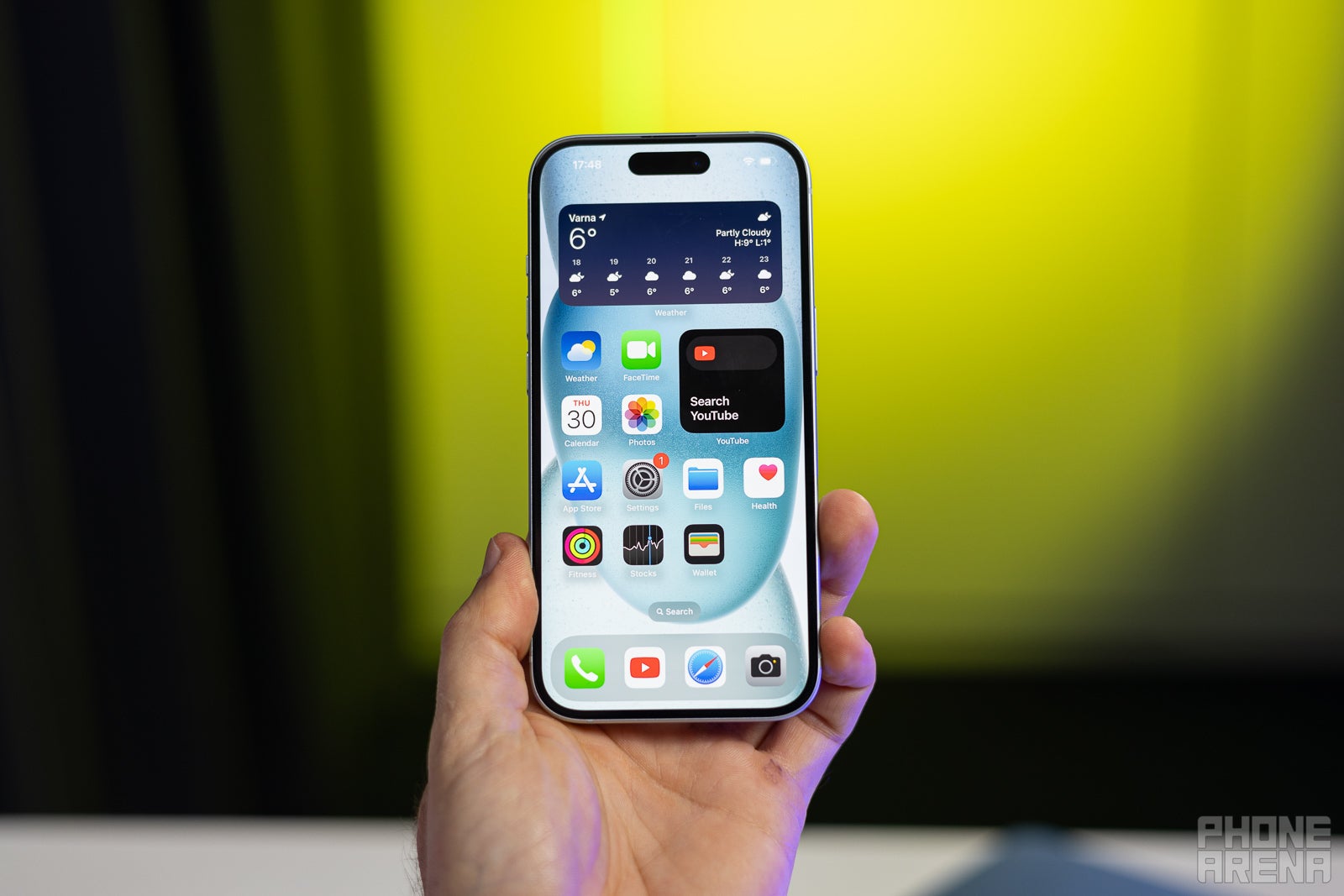
(Image Credit - PhoneArena)
Last year Apple decided to equip its non-Pro iPhones with identical chipsets to those featured in the iPhone 13 series. The iPhone 15, however, comes with the A16 Bionic (4 nm) that debuted with the iPhone 14 Pro and Pro Max in 2022.
There is no visible difference between how the iPhone 15 feels when using it, and the iPhone 14 from last year. The A16 Bionic is faster, but not by too much. We didn't encounter any hiccups while using the phone whatsoever, with every task and navigating the UI being absolutely smooth. Would have been even smoother with a faster display refresh rate though!
Performance Benchmarks:
The scores above show that the A16 does not offer much better GPU performance compared to the A15 in the iPhone 14 before it. In fact, for one reason or another, the iPhone 15 got 2,950 highest and 1,896 lowestHowever, it definitely gets better CPU scores, and can compete with today's top-tier processors. The RAM is still be 6GB, but that shouldn't bother you too much as at this point these are mainly numbers. What matters more is how the manufacturer, in this case Apple, utilizes those numbers and I can say that the iPhone 15 does not disappoint in terms of performance.
The Apple A16 Bionic is not a 2024 chip, but still can compete with the Snapdragon 8 Gen 3, which powers Android flagships like the Galaxy S24. The A16 lags behind in graphical prowess — it predates the times when Apple decided to go hard for the gaming market. But it can still play the top-tier games in the App Store, just not the ports of full games like Assassin's Creed: Mirage and Resident Evil 4. The Galaxy S24 does have better results in graphics tests, but stays a bit behind in raw CPU power, so it's a balancing act. Rest assured that the iPhone 15 can deliver the day-to-day user experience of a true flagship.
iPhone 15 Connectivity
The iPhone 15 is equipped with a second generation Ultra Wideband chip letting it connect to other devices using the same chip at up to a 3 times longer distance than before. Apple showcased this upgrade by combining Precision Finding with the Find My friends feature, allowing users to find exactly where someone who's shared their location with them is.
A new connectivity-related feature coming with the iPhone 15 is something Apple aptly calls Roadside Assistance via satellite, and it is exactly what it sounds like — an extension of SOS via Satellite that's meant for situations where your trusted vehicle has left you stranded somewhere on the road. The feature is first launching in the U.S. with AAA, and it will be free for 2 years with an iPhone 15 purchase.
iPhone 15 Software
The iPhone 15 launched with iOS 17 and it has slowly gotten new apps and promised features over the last few months, via updates.
For starters, the AirDrop upgrade that allows for AirDrop transfers to continue even when the sender and recipient are no longer close to each other is now available and turned on by default. The feature allows your iPhone to transition from a Bluetooth and peer-to-peer WiFi connection combination (which is basically what AirDrop is) to one over mobile data. The cellular connection is not as fast though, so don't be surprised if the transfer speed reduces once you go out of range. You can toggle this on or off if you go into AirDrop settings, it is at the bottom where it says "OUT OF RANGE" and "Use Mobile Data".
Another change that came with iOS 17.1 is the ability to choose a folder in your gallery from which the phone will shuffle the photos inside. This way you can have a specific folder just for wallpapers and select it, instead of going through your whole gallery and selecting specific photos one by one.
One of the cooler new features of iOS 17 — and bound to be loved by many users — is the ability to customize how you appear on a recipient's call screen. You can choose a photo or a memoji and customize the look of the whole image.
Speaking of calls, an iPhone 15-specific feature of iOS 17 is the ability to share your contact information more easily than before, thanks to the so-called NameDrop. It works by getting two iPhone 15s (or newer) very close to each other, which activates a satisfying new animation, bringing out the aforementioned contact screen you customized to your liking. You can have different contact screens ready to be shared depending on whether you want give someone your business contacts or personal ones, for example.
Apple also announced a brand new app coming with the iOS 17 update called Journal. It is exactly what it sounds like — a dedicated place for journaling your daily life and experiences. Journal uses the places you've traveled to, photos you've taken, music that you've listened to, to offer you suggestions for some reflection.
iPhone 15 Battery and Charging
Battery life on the iPhone has been top notch since the iPhone 13 series, with the iPhone 14 bringing small improvements on that front. Unfortunately, the iPhone 15 doesn't seem to have anything new to offer here, so and the results are more or less similar to what we got with the last generation.
PhoneArena Battery Test Results:
Interesting to note that the iPhone 15 performs slightly worse for casual tasks like browsing and binging YouTube, when compared to its predecessor, the iPhone 14. The iPhone 15 got went on for 13 and a half hours of web browsing, whereas the iPhone 14 lasted 2 hours more — not a number that's easy to ignore. For YouTube binging, the iPhone 14 also squeezed out an extra 40 minutes, compared to its successor.
That's probably due to the Apple A16 Bionic drawing more power than the A15 Bionic in the older models. However, when it comes to heavy tasks like 3D Gaming, the A16 is clearly more energy-efficient — the iPhone 15 went on for a good 8 and a half hours, where the iPhone 14 gave up at 6 and a half.
Now, one would think the iPhone 15 charging speed would increase given the new USB-C port but, unfortunately, it remains capped at the same 20W wired charging. Besides the lack of a faster display refresh rate, this is the second big letdown with the iPhone 15. The 15W MagSafe wireless charging is also unchanged.
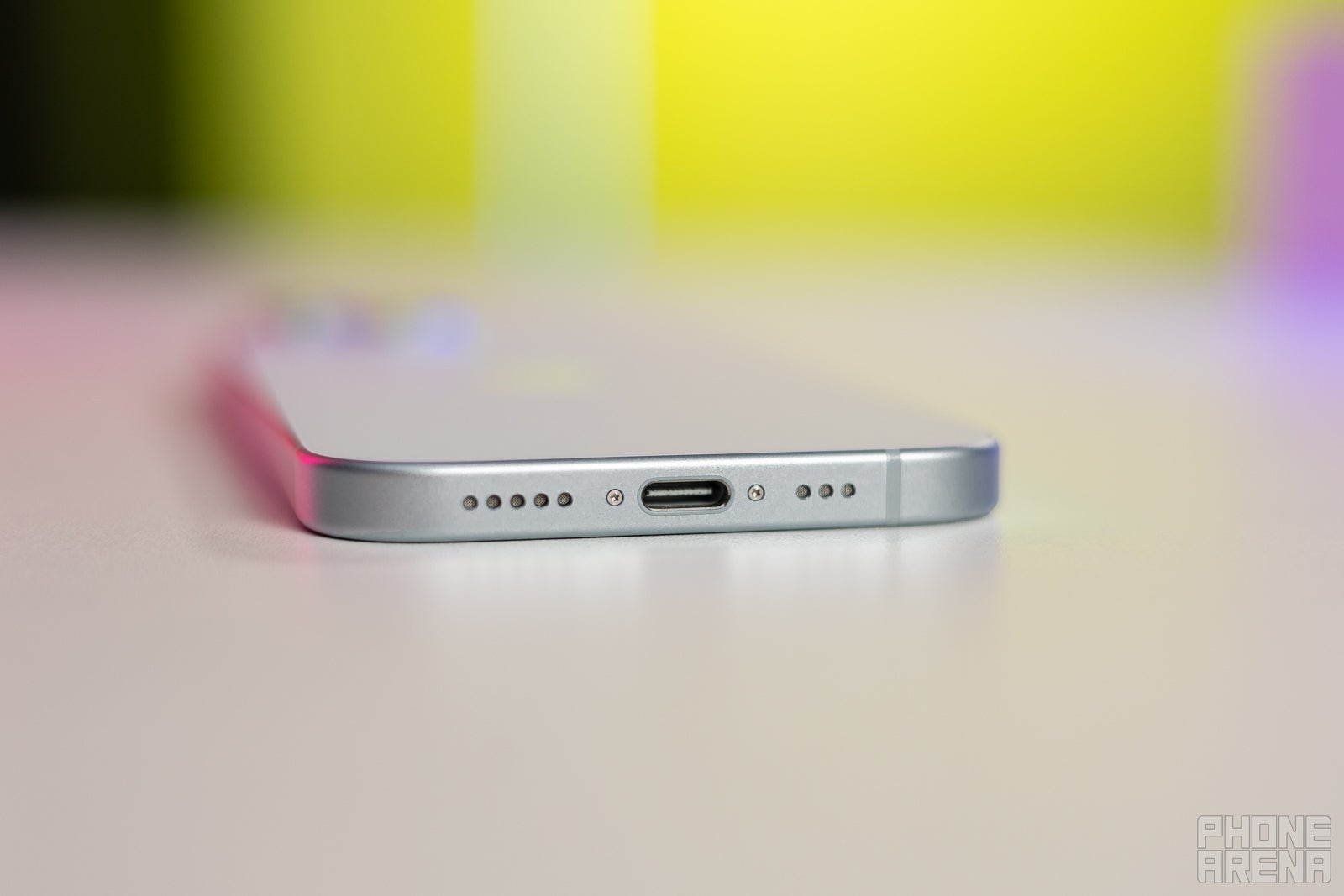
(Image by PhoneArena)
The iPhone 15 is about on par with the competition on the charging front — 30 minutes on the wire will get you up to 60% of battery, which is plenty enough to last you 'till the end of the day. However, charging slows down considerably after that, and getting up to 100% will take you 1 hour and 55 minutes — considerably more than competitors in the same category, which go to 100% in 90 minutes or less.
Audio Quality
Audio quality remains similar to that of the iPhone 14, with the iPhone 15 keeping its title of one of the best-sounding smartphones currently on the market. It has an almost signature V-curve EQ, with a good amount of bass and sparkling highs. It sounds good, but can be harsh or get some distortion in the highs, depending on what you are listening to.
The iPhone's haptic feedback is as accurate and strong as ever, thanks to that TapTic engine. It's still a bit better than the Galaxy's, while the Pixel 8 manages to deliver a pretty close experience.
Alternatives
When it comes to iPhone 15's competition, it is quite clear what Apple has to race with: Samsung's Galaxy S23 and Google's Pixel 8.
The Galaxy S23 comes with an extra dedicated telephoto camera with 3X zoom, a smoother 120Hz display, and by the looks of our tests more capable when it comes to gaming. The iPhone 15 did win when it came to battery endurance during gaming though, and overall, so there's that. We would also argue that the iPhone captures significantly better images and video thanks to its new main camera.
The Google Pixel 8, which does not come with a dedicated telephoto camera just like the iPhone 15, does have some neat and useful camera tricks in the form of special software such as Face Unblur, Magic Editor, Audio Eraser, and more. There's also the fact of those 7 years of promised software updates which beats Apple's minimum of 5 years (although sometimes iPhones get more).
It goes without saying that no matter which one of these three phones you choose you are getting the best that is out there, just a different flavor of it. What will probably help you choose at the end is the unique software experience each one brings, as at this point most hardware specs are quite similar in the flagship spectrum.
Summary
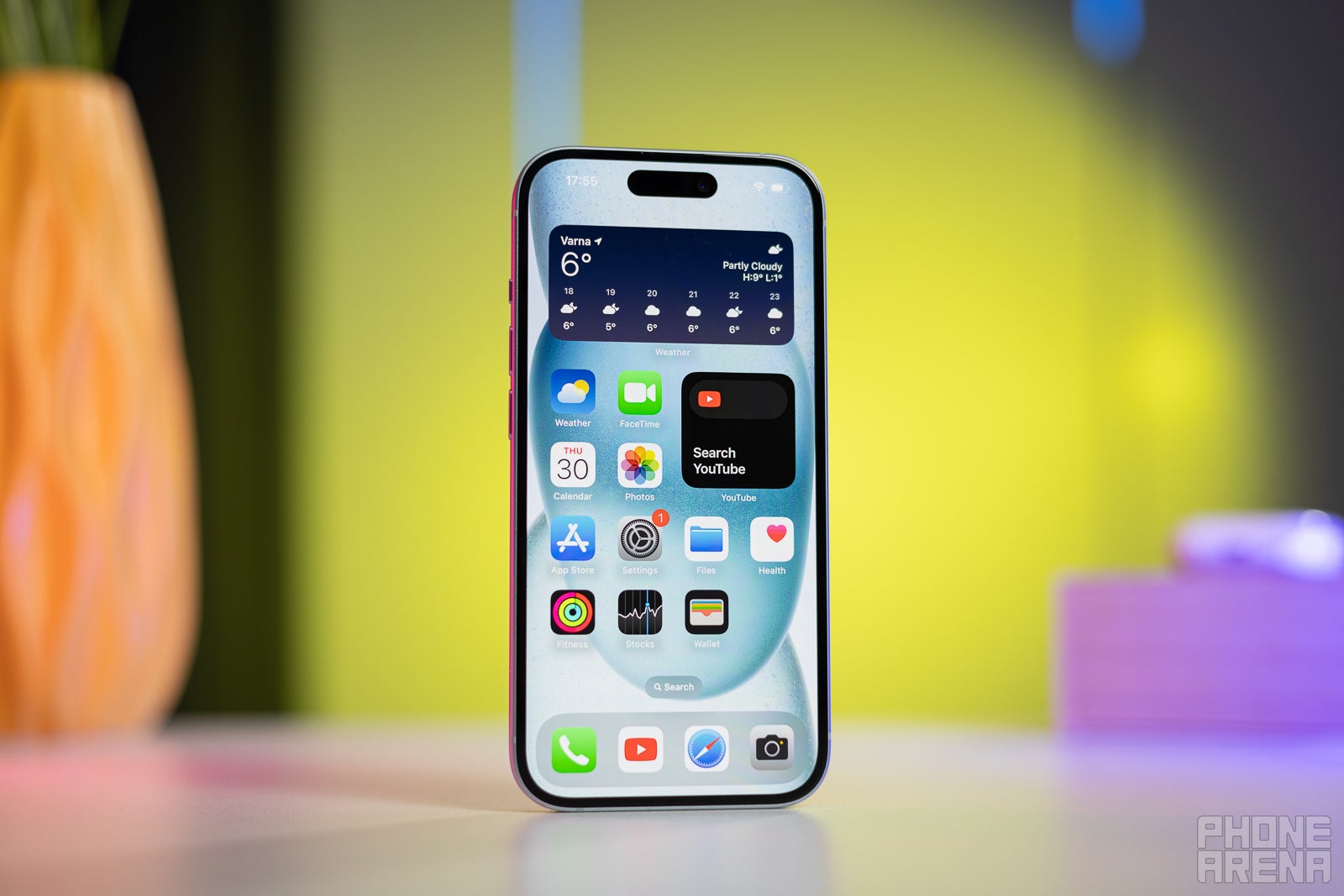
(Image Credit - PhoneArena)
Compared to the iPhone 14 from 2022, the iPhone 15 is somewhat more worthy of being called a "new generation". It has a significantly better main camera, a much needed upgrade for the base models. And the new USB-C port has been long requested by the tech community. Granted, we didn't get USB 3 speeds on the non-Pro models, but hey — small victories. The beveled frame and Dynamic Island make the iPhone 15 feel kind of fresh, kind of closer to the Pro models than before.
But when we factor in the lack of a higher display refresh rate and the fact that there is zero utilization of the USB-C port, the iPhone 15 still feels like a weird compromise. It almost feels like a slightly worse version of the iPhone 14 Pro, which can be the better purchase if found refurbished or second-hand for the same price tag as the iPhone 15, which is $799. It doesn't have USB C, but has better cameras and screen.
Of course, if you are not tied to Apple's world, the Google Pixel 8 and Samsung's Galaxy S23 do have a 120Hz screen refresh rate and the latter comes with a triple camera, so it offers more value than Apple's base flagship.
Follow us on Google News
















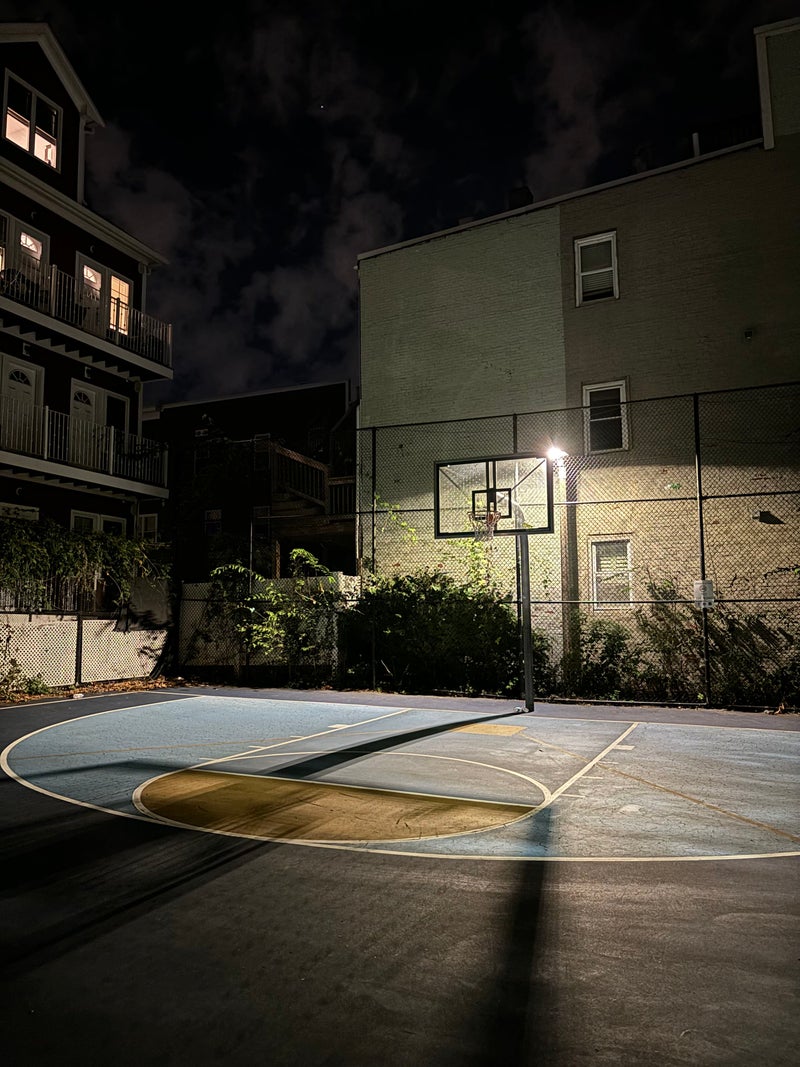
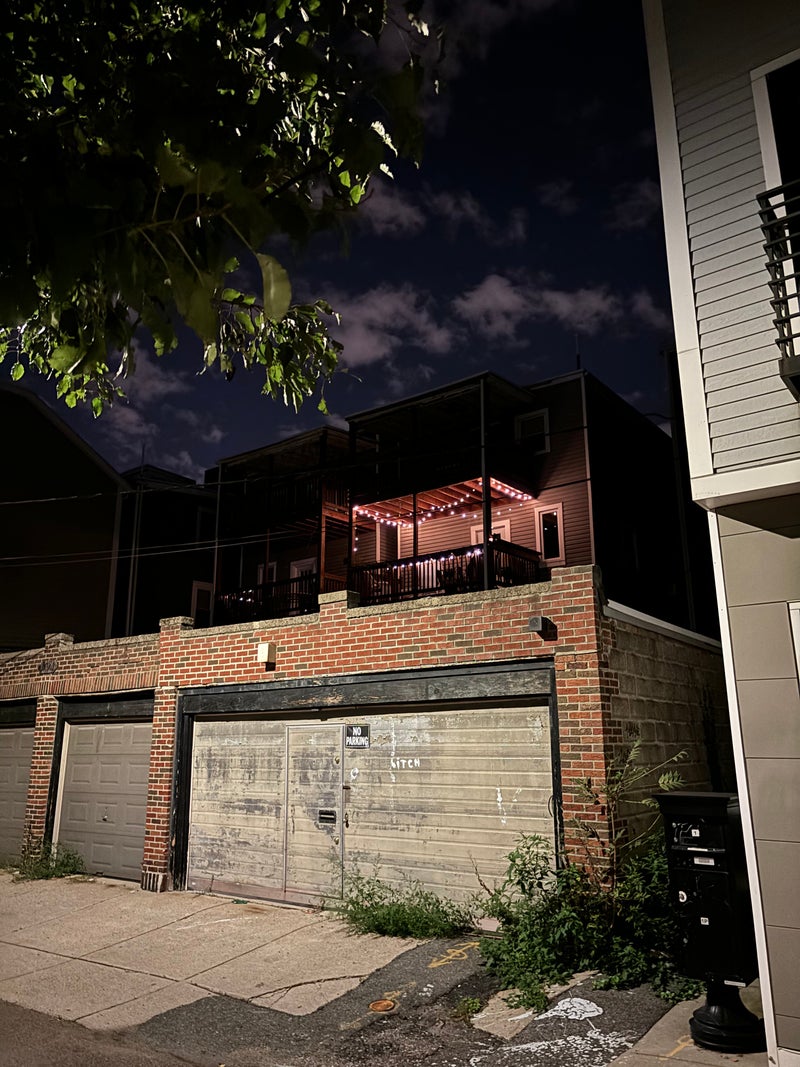

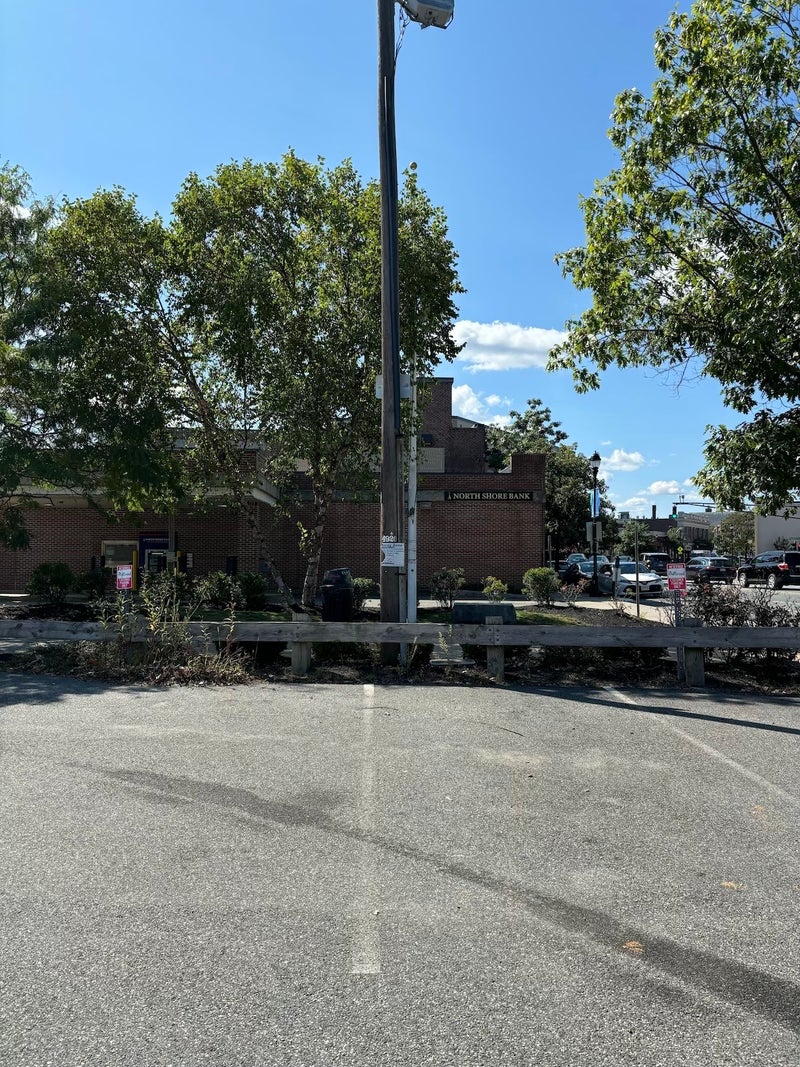
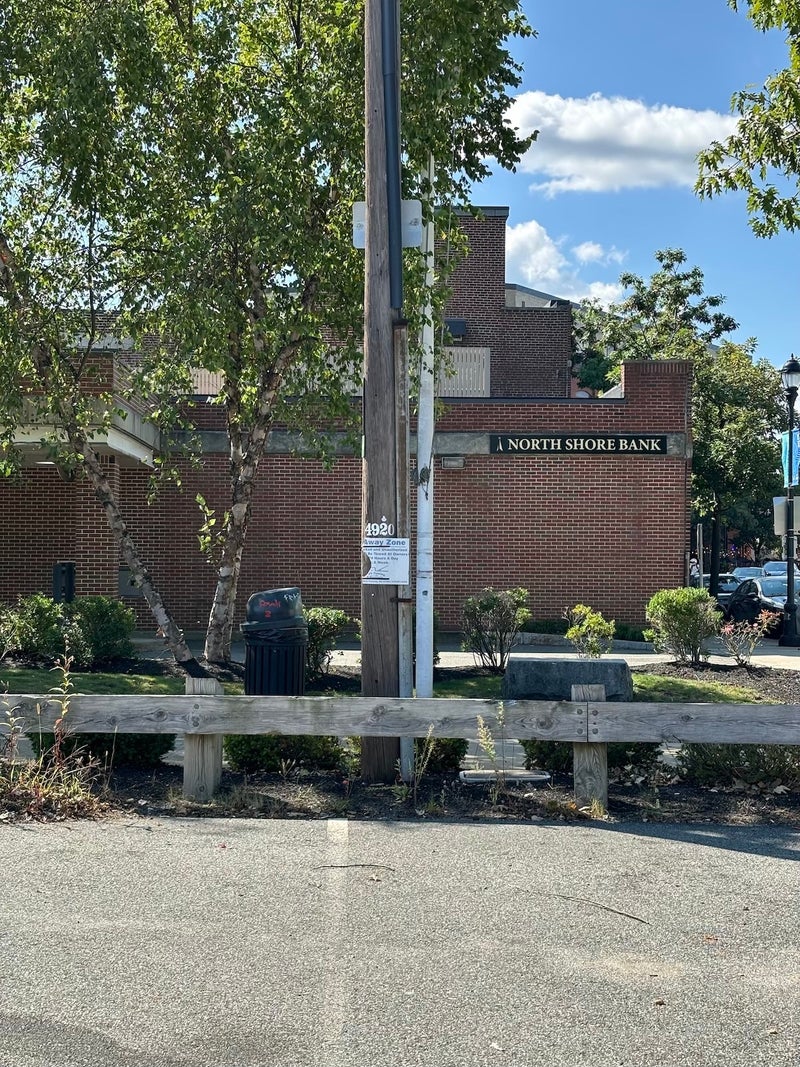

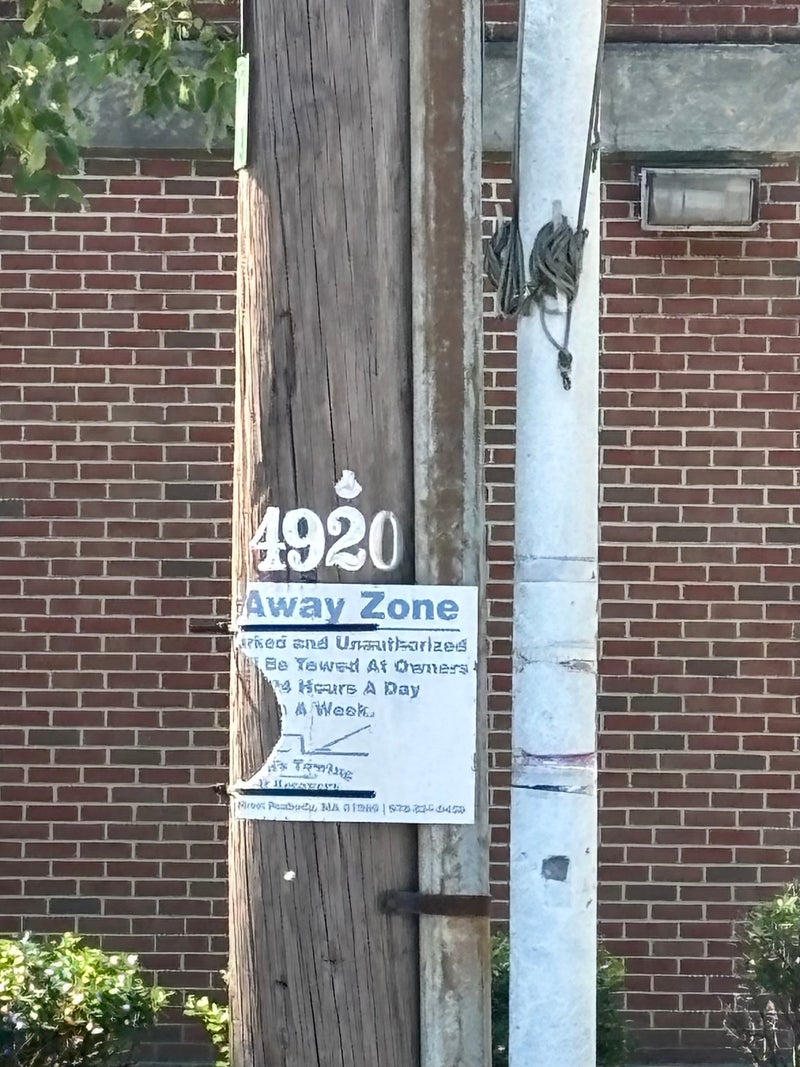






![Some T-Mobile users might be paying more starting in March [UPDATED]](https://m-cdn.phonearena.com/images/article/176781-wide-two_350/Some-T-Mobile-users-might-be-paying-more-starting-in-March-UPDATED.webp)
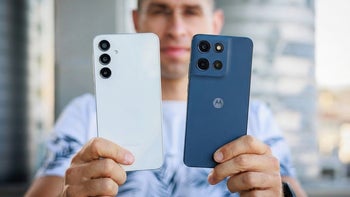



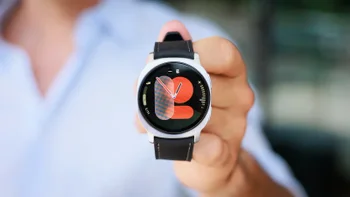
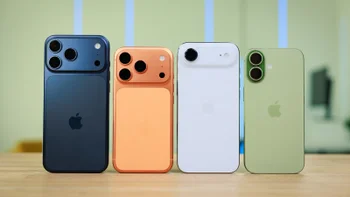
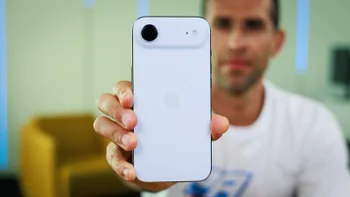

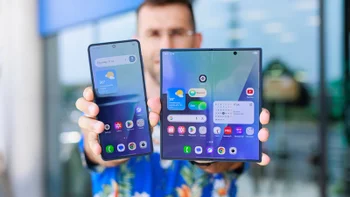
Things that are NOT allowed:
To help keep our community safe and free from spam, we apply temporary limits to newly created accounts: